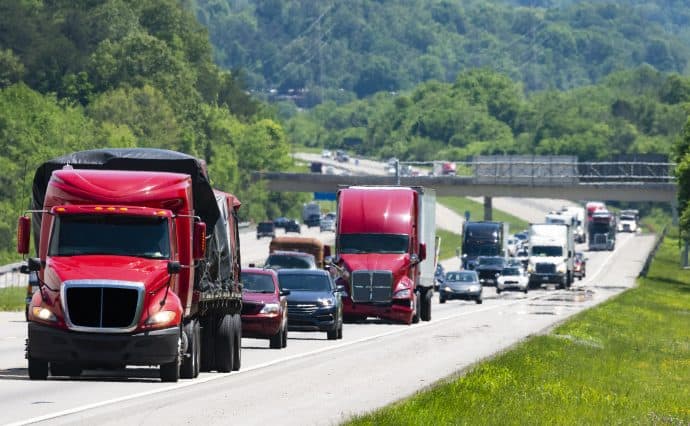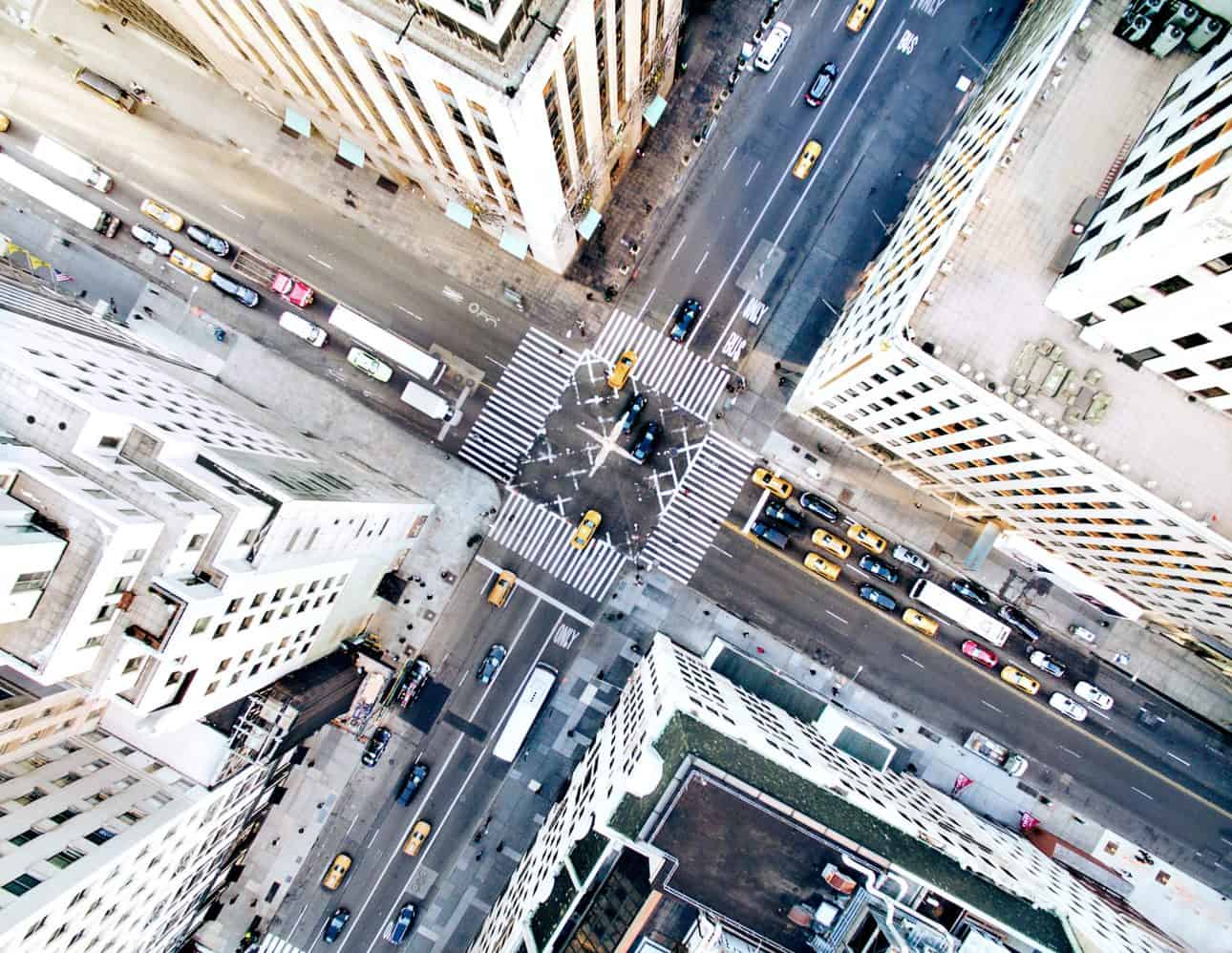
Creating safer streets with data-driven traffic-calming strategies
The New York City Department of Transportation (NYC DOT) manages one of the world’s most complex urban transportation networks, overseeing 6,300 miles of streets and highways with the dual goals of safety and efficiency for its population of 8.8 million people.
Vision Zero, the citywide initiative aimed at reducing and ultimately eliminating all traffic-related deaths and injuries, is integrated into all aspects of NYC DOT operations. Much of the implementation for Vision Zero in the department rests with the Office of Research, Implementation & Safety (RIS). Based on analyses of injury, speed and other data, this office leads street redesign projects, installs traffic-calming interventions, conducts safety research and makes safety policy recommendations.
NYC DOT and Geotab have a longstanding partnership, with the Geotab telematics solution installed across its fleet of over 11,000 vehicles. Telematics is one of the leading data capture and analytics platforms empowering the City to make informed decisions on road safety.
Recently, when RIS was seeking a more data-driven process for applying and analyzing traffic-calming strategies, NYC DOT took its partnership with Geotab to the next level by adopting the new Altitude by Geotab’s Altitude platform. Altitude is an easy-to-use, easy-to-integrate transportation analytics platform powered by deep and scalable insights for more informed decision-making. In the first stage of implementation, RIS adopted Roads, one of three products within Altitude (alongside Origin & Destination and Stop Analytics). Roads lets RIS tap into speed and travel-time metrics across all road segments in the region, enabling the office to better identify problems and plan and monitor improvements.
The challenge:
Prioritizing traffic-calming interventions
RIS devotes considerable time and resources to finding out which areas of the City have the worst speeding problems. The office has a minimum threshold for a street to become a candidate for traffic-calming treatments: when 15% of vehicles are traveling at 5 or more mph above the speed limit. It sounds simple, but gathering that data and ensuring it’s reliable is not.
“We needed a more comprehensive dataset to better determine where we should direct our resources,” says Rob Viola, Director of Safety Policy & Research at RIS. “We get thousands of comments and complaints about road safety every year from community members. Faced with limited budgets, we were looking for a quick and accurate way to assess the validity of these claims and make evidence-based investments.”
Establishing which streets should receive traffic-calming treatments – ranging from lowered speed limits to speed humps and speed cushions (humps modified to accommodate trucks and buses) – is a complex calculation involving multiple factors. There were several key areas where RIS needed more consistent, high-quality data:
- Verifying whether roads meet the qualifying criteria
for traffic-calming interventions - Before/after evaluations of the effectiveness
of traffic-calming interventions - Vetting of community requests and complaints
The “Priority Geographies” identified by Vision Zero – those with a high incidence of pedestrian fatalities and injuries – go to the top of the list, followed by school zones. “There are thousands of schools in the City, so we’re always trying to find new and better ways to allocate our resources,” says Viola.
Beyond these top two areas, there are still many spots in the City that require the office’s attention. While roads must meet detailed criteria (traffic volume, types of vehicles, road geometry and more) to qualify for traffic-calming interventions, the primary determinants are speeding history and crash history.
“Our office receives a live feed of all the City’s injury crashes, which goes into a database,” says Viola. “For historical speeds, though, we were using the time-consuming, manual approach of sending people out with radar guns to gather information.” Other methods such as pulling speed data from mobile devices can be problematic due to difficulties distinguishing between slow moving vehicles, bus riders and bicyclists. “The bottom line is we needed easier access to better data.”
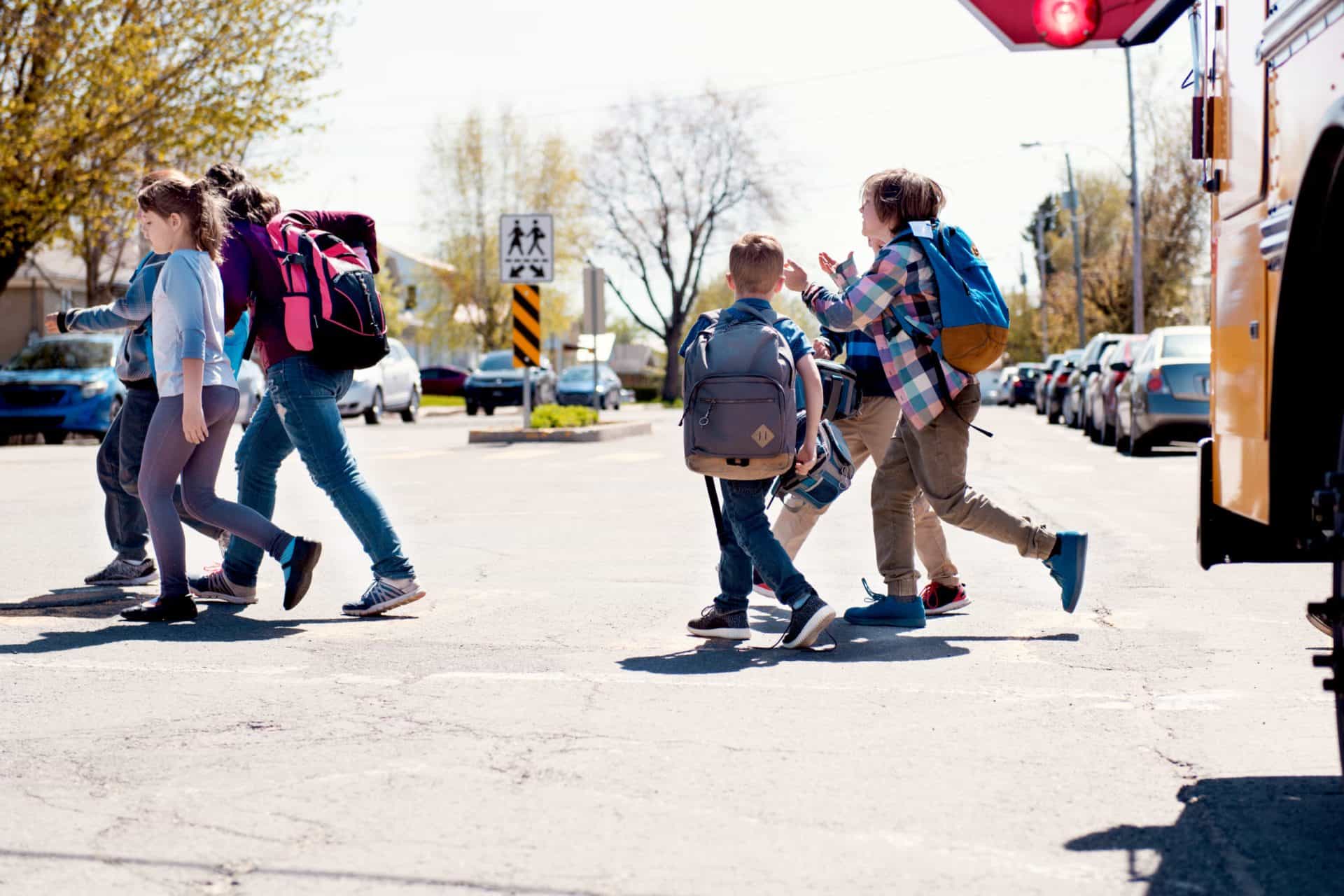
The solution:
Smarter speed analytics
With the Roads module from the Geotab Altitude platform, RIS gained access to an expansive picture of speed and travel time metrics across the City, from individual road segments to combined streets. “Unlike data from mobile devices, telematics data is coming from the vehicles themselves,” says Viola.
“It’s much more reliable, both because of the high degree of accuracy and the large sample size. The tool is also really easy to use.”
The radar method can produce skewed results that reflect the sampling days and times. “Those times may be atypical for whatever reasons, and then we’re planning around an anomaly,” says Viola. “Altitude’s Roads gives us a sample size that spans months and years, so we can say, with some authority, that we know this speed data is accurate.
We’ve even done our own validation of the data accuracy. We were also able to filter the data by vehicle type, something we’ve never been able to do. Roads allowed us to look specifically at passenger vehicles, working on our assumption that lighter vehicles travel faster than heavy vehicles.”
Roads combines Geotab’s leading connected vehicle data with the power of Altitude by Geotab’s analytics to deliver both a micro and macro picture of road traffic flow. Now, when RIS employees need to quickly determine whether speeding complaints qualify for closer study, they simply pull up the relevant data in Roads using filters such as:
- Time of day
- Dates/time span, including specific days of the week
- Vehicle class
RIS staff leverage the tool’s flexibility to suit their individual needs, whether that’s understanding the speed metrics on one block or an entire corridor. “It’s easy to see if community complaints are grounded in reality, for example,” says Viola. “The data tell us whether it’s worth investigating.”
The office also uses Roads to analyze the impact of traffic-calming interventions by examining speed metrics before and after implementation.
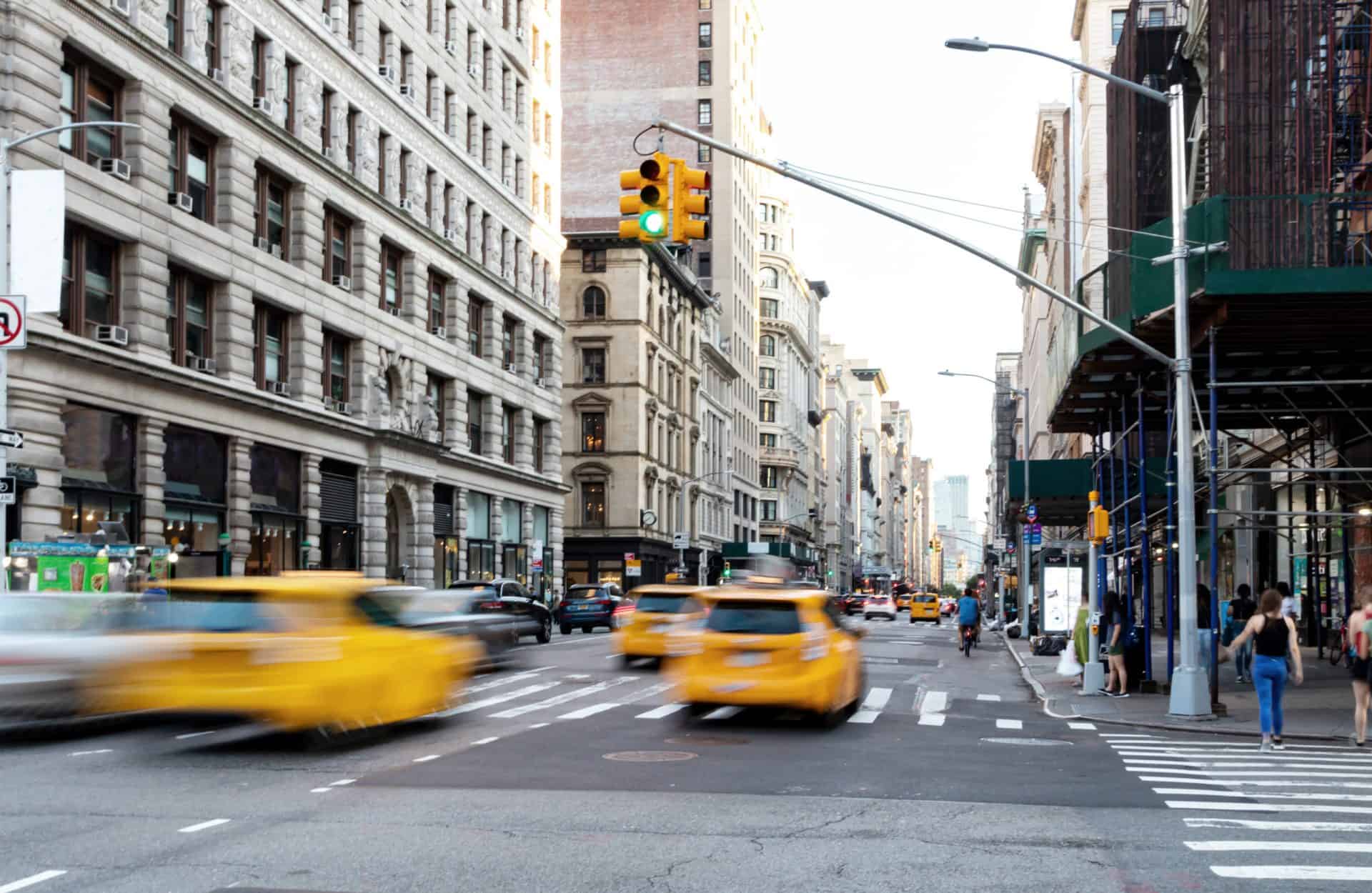
The results:
Detecting high-risk corridors with ease and efficiency
We have a good communication bridge with Altitude by Geotab to share ideas about things that can be improved. We’re constantly making tweaks and enhancements that make the data even more user-friendly. All in all, it’s a great endeavor for our unit.Rob Viola, Director of Safety Policy & Research, Office of Research, Implementation & Safety, New York City Department of Transportation
Though these are early days, several RIS units have come to rely on the Roads product and are already seeing significant positive results. The School Safety group, for one, has discovered several problem blocks and corridors that are currently receiving priority attention.
“Identifying precisely which areas in the City have potential safety issues due to speed is simple,” says Viola. “We can do the analysis right from our desks, which allows us to focus our efforts on designing safer roads.” So far, Roads has allowed RIS to:
- Significantly reduce manual radar speed monitoring
- Access more reliable, consistent, trusted data
- Save time previously spent investigating low priority locations
- Save money previously spent on traffic-calming interventions based on incomplete data
The office is also starting to experiment with the tool’s API, aiming to integrate Roads’ speed data with its project management system.
Looking forward, Viola is optimistic on expanded applications within NYC DOT for the Altitude platform. For example, discussions are underway regarding the Origin & Destination product, which helps them understand which types of vehicles are using roadways and for what purpose.
Learn more about how Altitude’s Roads product can provide comprehensive insights that help DOTs create safer streets.
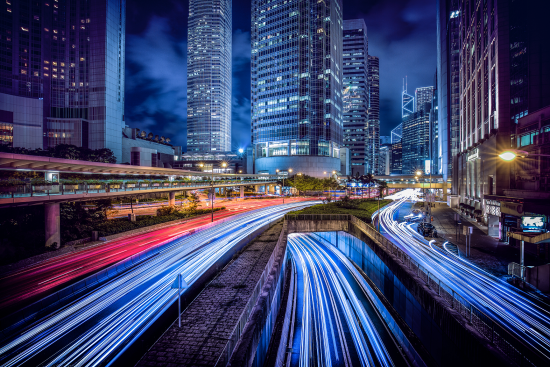
Let's talk
Take a guided tour of our Altitude platform or talk to one of our Altitude specialists about getting started.


